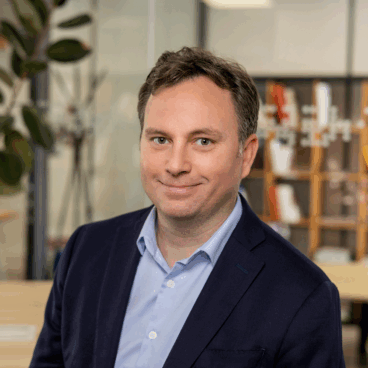For forty years, 3D printing has been transforming industries through additive manufacturing. Since the first patents filed in 1984, this technology has continued to evolve, offering tailor-made, high-precision solutions across multiple sectors.
By building objects layer by layer, 3D printing has gone far beyond stereolithography (SLA): it now encompasses Selective Laser Sintering (SLS), Direct Metal Laser Sintering (DMLS), and Fused Deposition Modeling (FDM). Its applications now extend to medicine, aerospace, architecture, and even gastronomy.
Looking to the future, space agencies are developing 3D-printed lunar habitats, while bioprinting and sustainable materials open new perspectives. Yet this progress also raises challenges in intellectual property, requiring stronger legal protection.
December 3 (3D) has been chosen as International 3D Printing Day. On this occasion, we (re)introduce this technology, which emerged in the early 1980s and has since become increasingly present in our daily lives.
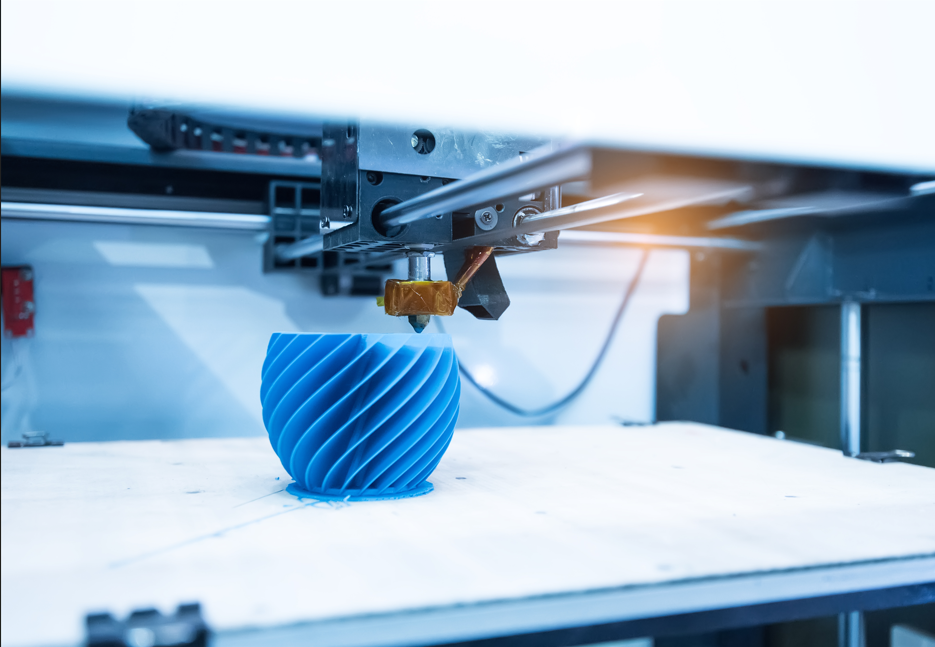
Additive manufacturing, more commonly known as 3D printing, traces its roots back to the technological innovations of the 1980s and the first attempts to create objects by Japanese inventor Hideo Kodama. The year 1984 can be considered the foundation of the 3D printing era, with the filing of the very first patent applications in this technical field:
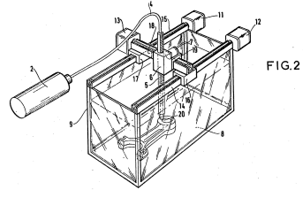
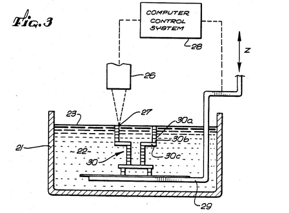
Patent application No. FR8411241A, filed on July 7, 1984
Title: Device for producing a model of an industrial part
Inventors: Jean-Claude ANDRE, Alain LE MEHAUTE, and Olivier DE WITTE
Patent application No. US4575330A, filed on August 8, 1984
Title: Apparatus for production of three-dimensional objects by stereolithography
Inventor: Charles W. HULL
These groundbreaking concepts, consisting of building objects layer by layer, were brought to life notably with stereolithography (SLA)—a term coined by Charles W. HULL in his 1984 patent application.
This technology, which used liquid resins hardened by UV luminescence, marked the beginning of a new era in manufacturing, introducing creative and customizable methods for designing objects. It also enabled the creation of high-resolution structures, ideal for detailed prototypes.
Additive manufacturing also includes other methods
Selective Laser Sintering (SLS) uses a laser to sinter powder particles. This process produces strong, heat-resistant parts frequently used in the aerospace and automotive industries.
Direct Metal Laser Sintering (DMLS) is an extension of SLS. This technology directly melts metal and makes possible highly complex shapes that would be extremely difficult—or even impossible—to achieve with traditional methods.
Fused Deposition Modeling (FDM) is the most widespread and accessible technique, which we will explore in more detail below.
Fused Deposition Modeling (FDM) is undoubtedly the most popular additive manufacturing technique, especially among individual users. Popularized in the 2000s, FDM uses a thermoplastic filament—generally PLA or ABS—heated and extruded through a nozzle to create objects layer by layer.
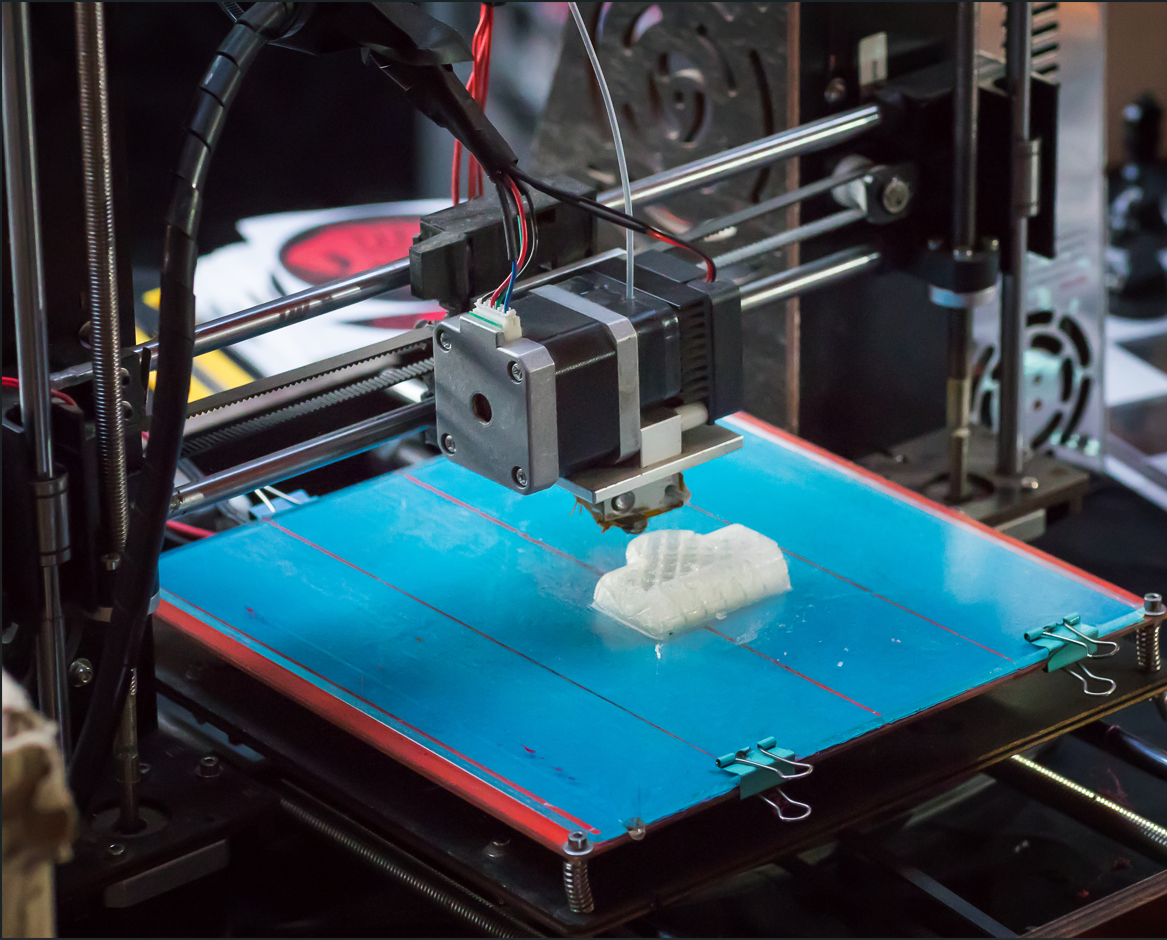
The accessibility of FDM is based on several factors: the relatively low cost of printers and materials, ease of use, and the ability to customize printed objects are among the reasons why this method has achieved worldwide success. Applications of FDM range from architectural models to customized tools, everyday objects, and industrial prototypes. The democratization of Computer-Aided Design (CAD) software has also contributed to making this technology more widely available to the general public.
Future perspectives and applications
With the rapid development of digital technologies, the possibilities offered by additive manufacturing seem endless.
In medicine, for example, 3D printing shows immense potential. From custom prosthetics to anatomical models for surgical training, the flexibility of additive techniques enables innovations that improve patients’ quality of life.
In space, additive manufacturing offers the possibility of creating parts directly in orbit. The ESA and other space agencies are actively exploring these technologies to design complex parts and modular constructions that could be used in lunar or Martian missions.
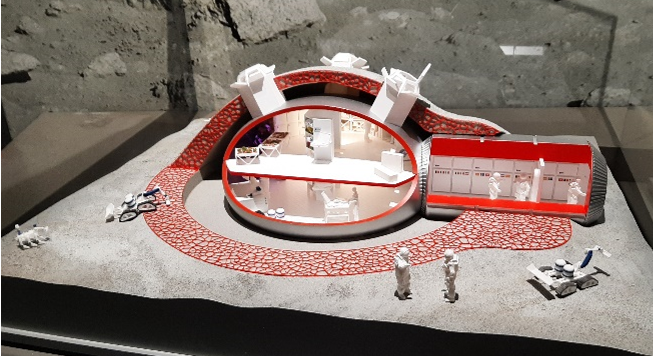
Model of a lunar habitat partially 3D-printed from lunar regolith – designed by Foster + Partners – Exhibition at the Cité des Sciences et de l’Industrie (Paris)
3D printing is also found in fields where one might least expect it. For example:
- In culinary arts, this technology makes it possible to create dishes and desserts with complex shapes, allowing advanced customization.
- In instrument making, 3D printing allows experimentation with forms and materials to produce unique sounds or achieve particular aesthetics.
Conclusion
Constantly revealing new possibilities, additive manufacturing is establishing itself as a pillar of 21st-century technological innovation. By transforming the way we design and produce, it not only redefines the industrial landscape but also opens bold new perspectives for the future. From healthcare to space exploration, the impact of 3D printing on our society continues to expand, promising a world where the impossible becomes tangible.
At the same time, additive manufacturing also raises significant challenges in the field of intellectual property. The ability to easily reproduce objects using digital models creates a risk of counterfeiting.
February 2025
